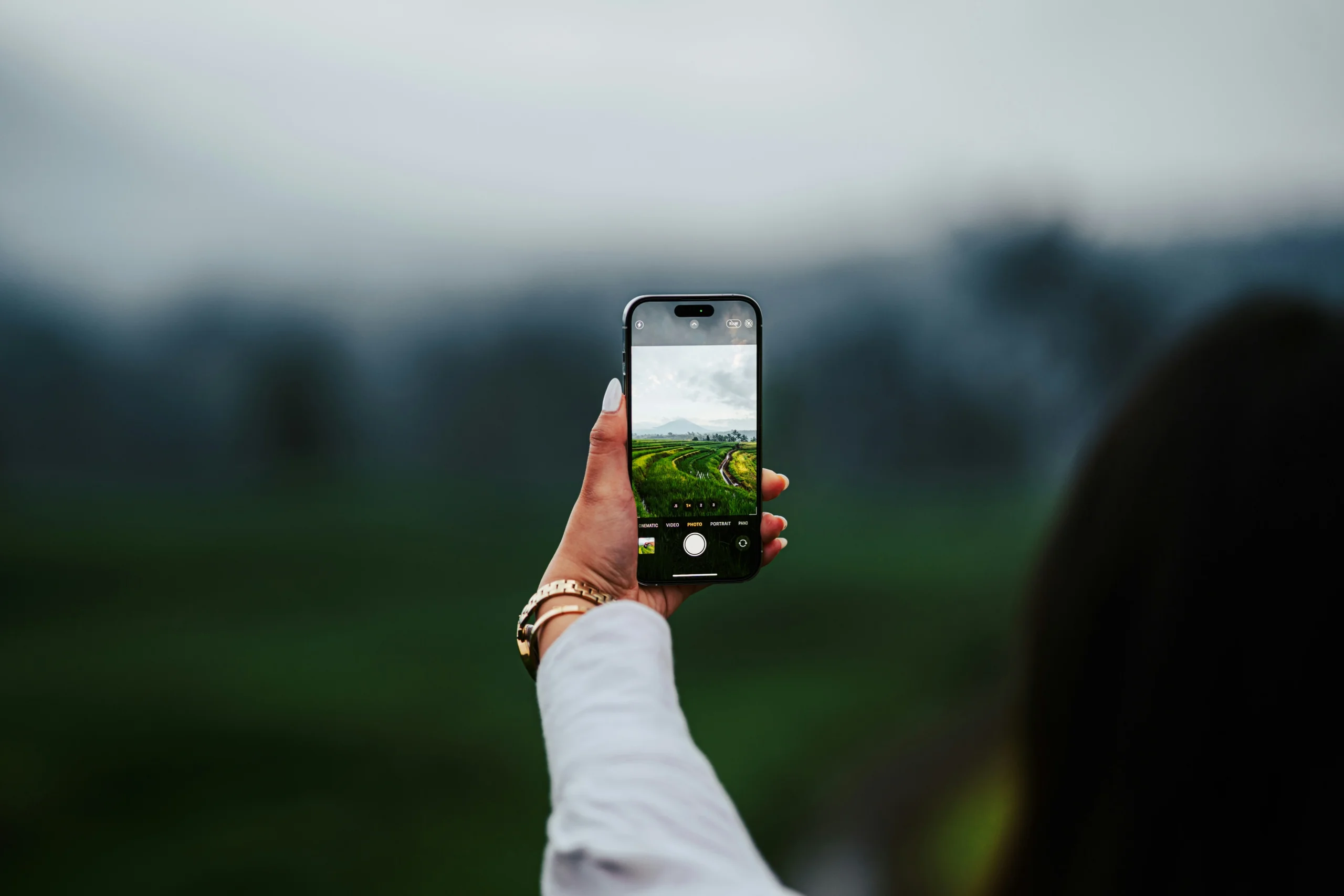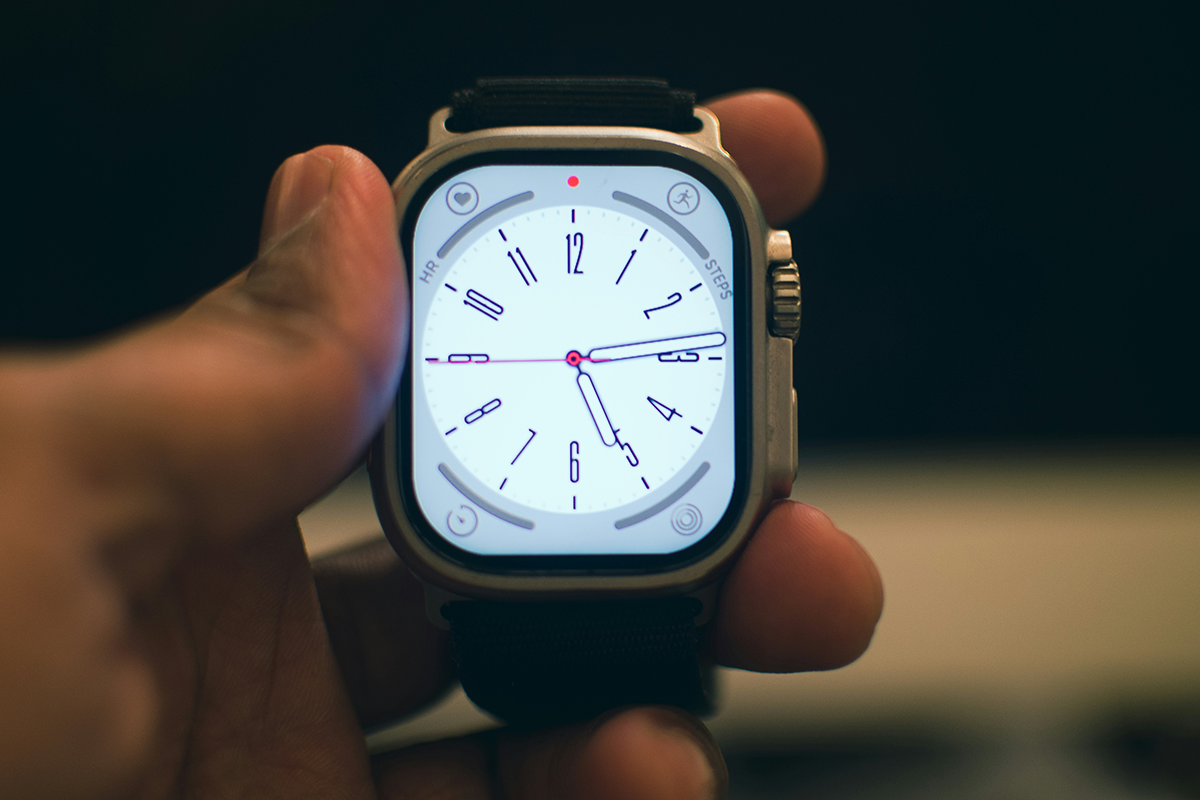The Digital Tightrope of Campus Life
Lecture slides on tablets. Group‑project chats that never sleep. Endless doom‑scrolling between classes. For today’s undergrads, digital balance for college students isn’t optional. Screen time isn’t optional on campus, but it can be managed.
This guide unpacks why digital balance matters and lays out practical, evidence‑based ways to keep tech a tool—not a thief of focus.
Why Digital Balance for College Students Matter
Focus & Academic Performance
Smartphones buzzing mid‑lecture split attention and correlate with lower test scores (McCoy, 2013). Add the cognitive load of constant multitasking and managing digital distractions becomes mission‑critical for learning.
Mental Health
Heavy, unstructured screen use links to higher anxiety, depression and technostress among undergrads (Stanković et al., 2021; Becker & Lanzl, 2023). When likes and notifications rule, calm concentration suffers.
Sleep & Fatigue
Late‑night scrolling pushes back bedtimes and
degrades sleep quality; the knock‑on effect is daytime fatigue and poorer cognition (Yaakoubi et al., 2024).
Social Connection—with Boundaries
Used intentionally, digital platforms extend study groups and support networks. The goal isn’t abstinence—it’s balanced tech habits that serve your goals, not sabotage them.
7 Practical Strategies to Reclaim Focus
Start with one tactic, track how you feel for a week, then layer in another.
- Audit Your Screen Time
Built‑in dashboards (iOS Screen Time, Android Digital Wellbeing) surface habits you can’t improve if you can’t see.
- Create Tech‑Free Zones
Library desk, dinner table, bedroom—choose spaces where devices stay out of reach to protect deep work and true rest.
- Batch Notifications
Silence non‑essential pings or switch to summary delivery. Students who mute alerts report fewer task switches and lower stress (Becker & Lanzl, 2023).
- One‑Screen Study Sessions
Keep only the tab or app you need to promote deep focus. Jot notes to research later rather than detouring mid‑paragraph.
- Apply the 20‑20‑20 Rule
Every 20 minutes, look 20 feet away for 20 seconds. It eases eye strain and acts as a micro‑pause to notice mindless scrolling.
- Weekly “Digital Detox” Sprints
Even a 24‑hour social‑media fast boosts mood and social connectedness (Brown & Kuss, 2020). Longer campus programmes cut smartphone‑addiction scores (Yaramış & Ünal, 2024).
- Practice Digital Mindfulness
Before unlocking your phone, ask, “What do I actually need right now?” Programmes that pair journaling with short social‑media fasts build this reflex (Damico & Krutka, 2018).
Ready to Level‑Up Your Digital Wellness?
Pick one tactic today and schedule it—right now—in your calendar. Small, consistent tweaks beat heroic detox marathons. Need accountability? Join our free five‑day College Digital Wellness challenge for daily check‑ins and bite‑size wins.
References
- Becker, J., & Lanzl, J. (2023). Segmentation preference and technostress: Integrators’ vs segmenters’ experience of technology‑induced demands. Information & Management, 60(5), 103811.
- Brown, L., & Kuss, D. J. (2020). Fear of missing out, mental wellbeing, and social connectedness: A seven‑day social‑media abstinence trial. International Journal of Environmental Research and Public Health, 17(12), 4566.
- Damico, N., & Krutka, D. G. (2018). Social‑media diaries and fasts: Educating for digital mindfulness with pre‑service teachers. Teaching and Teacher Education, 73, 109–119.
- McCoy, B. R. (2013). Digital distractions in the classroom: Student reports on devices that distract and best practices used by instructors.
- Radtke, T., Apel, T., Schenkel, K., Keller, J., & von Lindern, E. (2021). Digital detox: An effective solution in the smartphone era? A systematic literature review. Mobile Media & Communication, 10(1), 190–215.
- Stanković, M., Nešić, M., Čičević, S., & Shi, Z. (2021). Association of smartphone use with depression, anxiety, stress, sleep quality, and internet addiction. Personality and Individual Differences, 168, 110342.
- Yaramış, D., & Ünal, R. (2024). Addressing digital addiction among university students: A study of digital‑detox techniques. Yeni Medya, 17, 55–67.
- Yaakoubi, M., Farhat, F., Bouchiba, M., et al. (2024). Smartphone addiction is associated with poor sleep quality, increased fatigue, impaired cognitive functioning, and lower academic achievement. School Mental Health, 16(4), 1236–1246.
*Disclaimer: Offline Now offers educational coaching tips, not medical or therapeutic advice; please consult a qualified health professional for personal or clinical concerns.*




